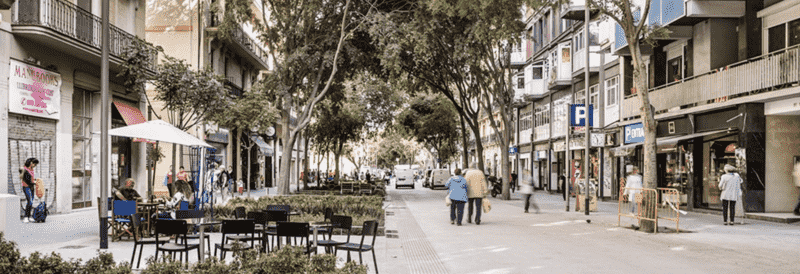
“Greening” urban areas, the new trend of contemporary urbanism (Part I)
Greenery and its maintenance have always been a topic of debate in architecture and urbanism. At the beginning of the 19th century, many urban planners became famous for their pioneering projects that transformed several European cities, introducing broad green areas and large public spaces. Because of the pandemic that characterized this period, the reflection on public space and green became more relevant, generating a new approach to the relationship between city-green and health.
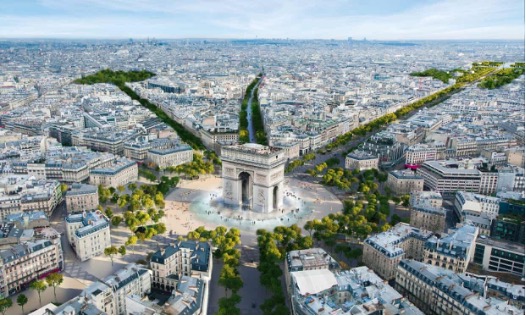
The importance of green spaces in cities is a reflection that has crossed all borders for years. Today we see green axes, gardens and parks that invade Barcelona, Paris, Berlin, and different English and American cities. This trend has also influenced the Ibero-American capitals, such as Brasilia, Rio de Janeiro, and Bogotá.
The recent global COVID-19 pandemic, climate change and pollution, have put these challenges back on the table, emphasizing the need to move towards urban planning where people come first. It is the case of Paris, which at the beginning of this year has allocated enormous economic resources to greening its urban spaces.
Image: A vision of the Arc de Triomphe and the Champs Elysées in Paris, in the recent project promoted by Mayor Anne Hidalgo (source: theguardian.com)
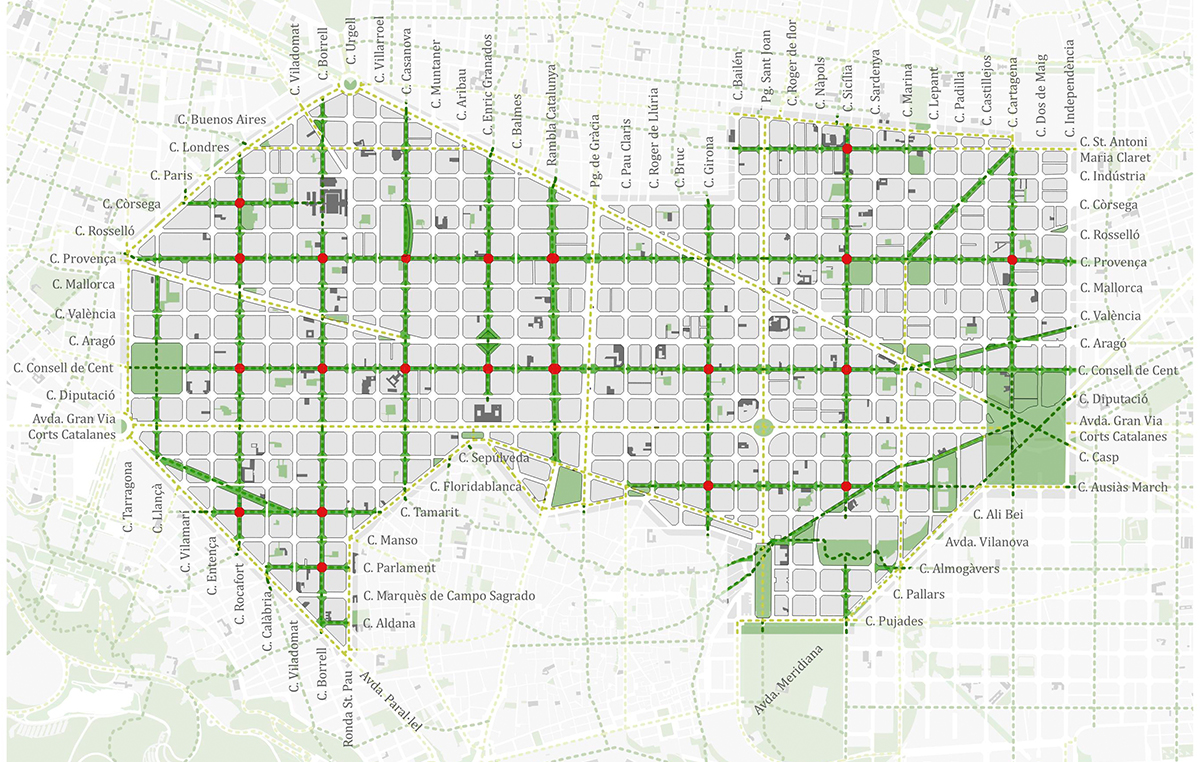
Likewise, the city of Barcelona is presented as a great international case study, thanks to its pioneering projects both at an urban and territorial scale that aim to promote a proximity urban life.
Through strategic interventions, such as the creation and pedestrianization of natural axes and urban squares, or medium-term projects such as the proposal of the Superblocks, the city council of the Catalan capital has put the city as the epicentre of urban trends.
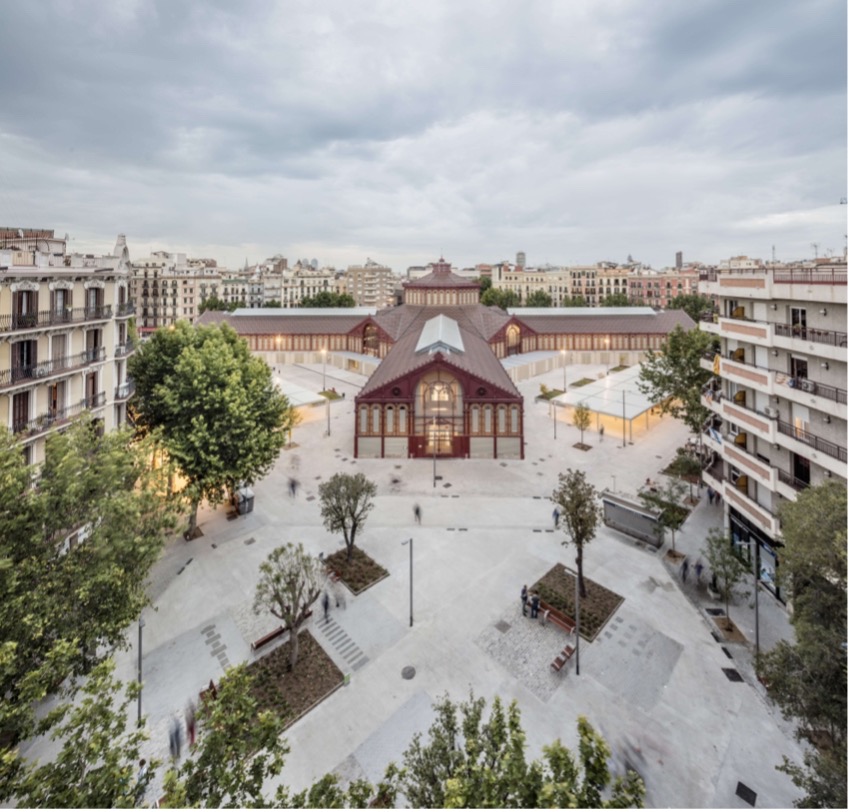
The ambitious project of the superblocks seeks to transform in less than ten years a total of 33 hectares of the city with the primary objective of increasing the well-being of citizens and positively affect their health.
The pilot cases of the Superblocks of Sant Antoni and Poblenou neighbourhoods have already achieved their first successes. After a short time, those districts registered a substantial improvement in the quality of the air and the social environment of the locals living in the surroundings.
Image: The Superblock square in the Sant Antoni district (source: landscape.coac.net)
And the proposals for greening projects do not end here! Following the announcement of the improvement of FC Barcelona’s football stadium, the famous Camp Nou, avant-garde designs have appeared, seeking to transform it into a new green lung of the city. All this reflection highlights the importance of green in urban environments for the inhabitants of the town.
The Nou Parc project of the O-NA study follows the philosophy of renaturalizing urban spaces, increasing the green surface of the stadium area exponentially, and without affecting the existing buildings. If this proposal, or a similar one, were carried out, the city would gain a new green space capable of producing a large amount of oxygen and absorbing CO2, and at the same time acting as a connector between different parts of the city.
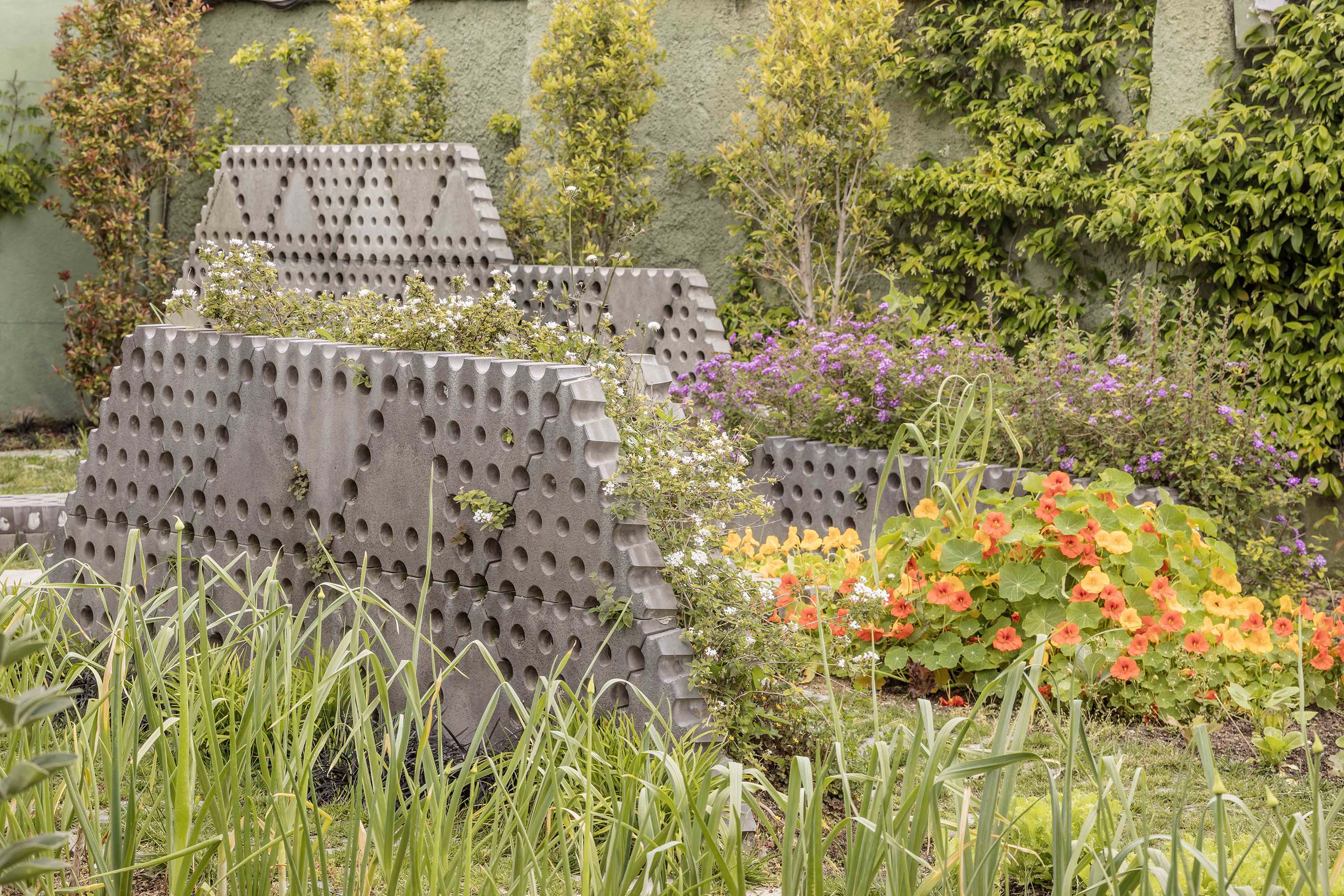
And what do you think of these projects? Do you think it is possible to make a city green with proposals like these? And what products in the SAS catalogue do you think can help generate new green spaces in your neighbourhoods and cities?
Please take a look at the Garden and Pavements sections and tell us your proposals. Soon we will reveal some ideas that we had at SAS to participate in the greening and renaturalization of our cities.
